1. Fat-Free SnackWell’s Cookies
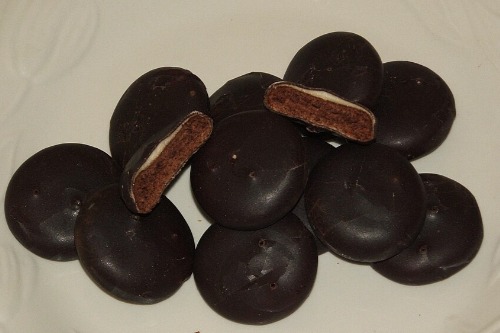
In the 1990s, SnackWell’s fat-free cookies flew off shelves because people thought “fat-free” automatically meant healthy. The truth was that these cookies were loaded with sugar to make up for the missing fat. That sugar spike didn’t just ruin the idea of a guilt-free snack—it also contributed to the very problems people were trying to avoid. They became a symbol of America’s obsession with diet fads over real nutrition.
What’s worse is that people often overindulged, thinking the lack of fat made them harmless. Eating half a box in one sitting wasn’t unusual, which meant even more sugar in the bloodstream. Over time, this kind of habit could raise the risk of weight gain and insulin resistance. SnackWell’s became a cautionary tale of how marketing beats science.
2. Low-Fat Flavored Yogurt
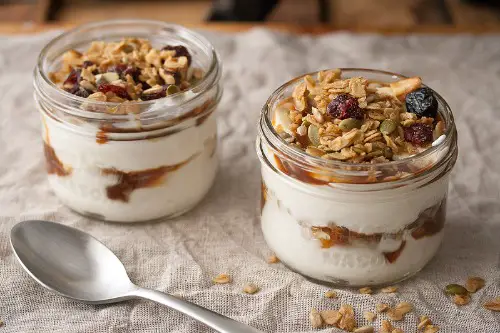
Flavored yogurt seemed like a smart swap for ice cream or dessert, but it often carried more sugar than a candy bar. The “low-fat” label was misleading because the fat was replaced with sweeteners and artificial flavors. People thought they were fueling their bodies with something wholesome when really, they were hitting themselves with sugar bombs. That daily parfait wasn’t quite the health move it appeared to be.
This misunderstanding was particularly risky because yogurt was often marketed as a great breakfast choice. Many parents gave it to kids, not realizing it could set them up for energy crashes before lunchtime. Plus, the constant sugar intake could quietly erode dental health. It took years for consumers to see that plain Greek yogurt was the real healthier option.
3. Granola
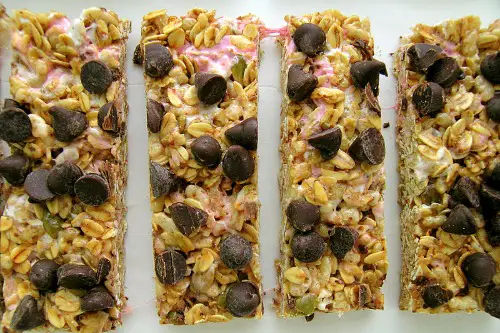
Granola started out as a hippie health food, but by the 1980s and 90s it had become mainstream. The problem was that store-bought versions were drenched in honey, sugar, and oils to make them crunchy and appealing. A single serving could easily rival a slice of cake in calories. People poured it generously over yogurt thinking they were being virtuous.
The portion sizes made the problem even worse. A handful here and there added up quickly, especially when combined with other high-sugar foods. Instead of fueling long hikes or outdoor adventures, granola became a desk snack with hidden risks. What looked like “nature in a bag” was really dessert in disguise.
4. Diet Soda
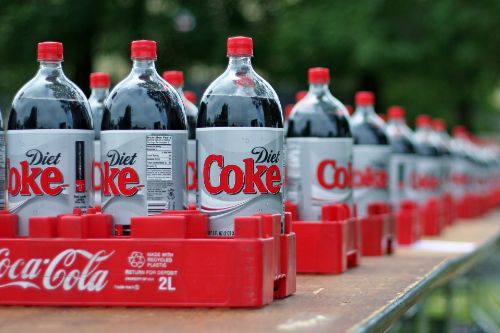
For decades, diet sodas were marketed as a zero-calorie alternative to regular soda. But artificial sweeteners created a whole new set of problems, including possible links to metabolic changes and cravings for more sugar. People thought they were escaping soda’s worst effects, yet research suggested their bodies were still tricked into unhealthy cycles. It wasn’t the clean swap people wanted it to be.
On top of that, diet sodas didn’t deliver any nutritional value. They were just a way to maintain the soda habit without calories, which wasn’t exactly healthy. Over time, relying on them could crowd out water or other hydrating drinks. That “guilt-free fizz” turned out to have its own baggage.
5. Fruit Snacks
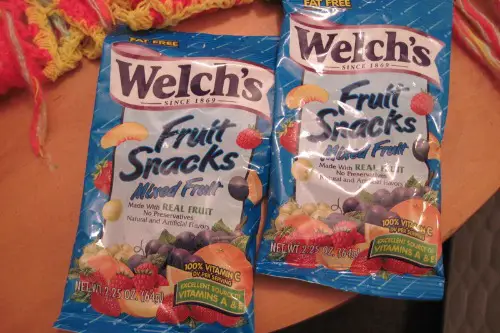
Parents everywhere threw fruit snacks into lunchboxes thinking they were close enough to the real thing. Unfortunately, most brands were just sugar, corn syrup, and a dash of “fruit juice concentrate” to make it seem authentic. These little chewy squares were basically candy marketed as health food. Kids loved them, but their teeth and metabolisms didn’t.
The real danger was how easy it was to overlook the sugar load. A pouch looked harmless, but eaten daily, it added up fast. Unlike actual fruit, there was no fiber to slow down sugar absorption. What seemed like a win for picky eaters was actually an early introduction to processed sweets.
6. Energy Bars
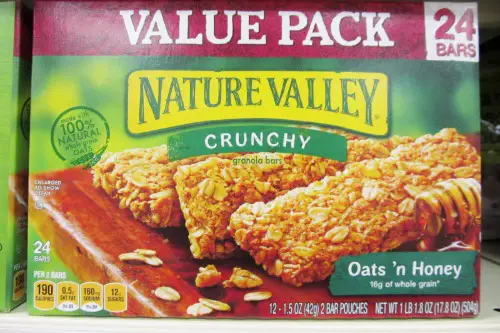
Energy bars were originally designed for athletes, but they quickly entered the mainstream as everyday snacks. Many of them contained as much sugar and fat as a candy bar. People ate them at their desks or in the car, convinced they were doing something healthy. The name “energy bar” did a lot of the marketing heavy lifting.
The problem was that the energy often came from processed carbs, not slow-burning nutrients. For someone not burning thousands of calories a day, that was a recipe for weight gain. They gave a temporary boost, followed by a crash. In reality, they were candy bars in workout clothes.
7. Veggie Chips
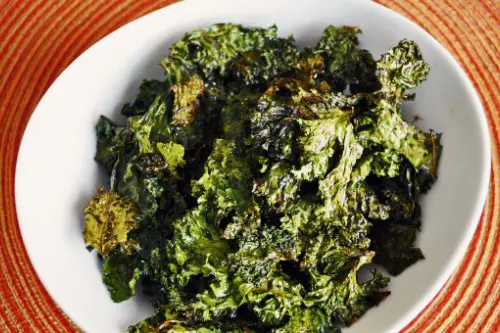
Veggie chips sounded like the perfect compromise between potato chips and something better for you. The packaging often had pictures of spinach, tomatoes, or carrots, making people feel good about grabbing a bag. But most of them were just potato flour with veggie powder sprinkled in for color. Nutritionally, they weren’t much different from regular chips.
People snacked on them without guilt, thinking they were making a smart choice. In truth, the salt, oil, and lack of real vegetables made them far from healthy. They didn’t offer the fiber, vitamins, or minerals of actual veggies. The “green chip” halo was more of an illusion than a benefit.
8. Rice Cakes

Rice cakes became a 1980s diet staple because they were low in calories and fat. But the lack of nutrition meant they were basically puffed air with a carb kick. They spiked blood sugar quickly, leaving people hungrier than before. Many folks topped them with peanut butter or jam, negating the whole “diet” idea.
The real issue was how unsatisfying they were. People often ate several in one sitting, adding up to more carbs than expected. Without protein or fiber, rice cakes didn’t keep anyone full for long. They were marketed as a healthy snack but worked against lasting energy and balance.
9. Trail Mix
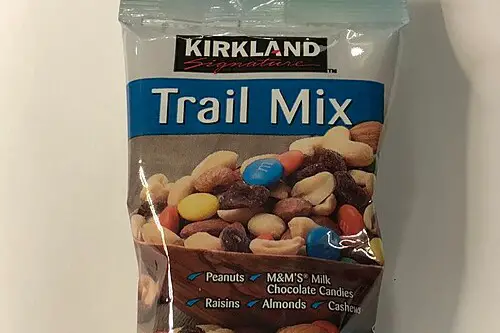
Trail mix seemed like the ultimate healthy snack for on-the-go energy. Nuts and dried fruit sound like a dream team, right? But many store-bought versions added chocolate candies, sugary fruit, and salted nuts. Suddenly, it was less “fuel for hikers” and more “calorie bomb in a bag.”
The handful problem made it worse: few people stuck to the small serving size. Instead, they kept dipping in, piling on sugar and sodium without realizing it. For sedentary snacking, those calories built up fast. It was marketed as earthy and natural but often delivered the opposite effect.
10. Smoothies
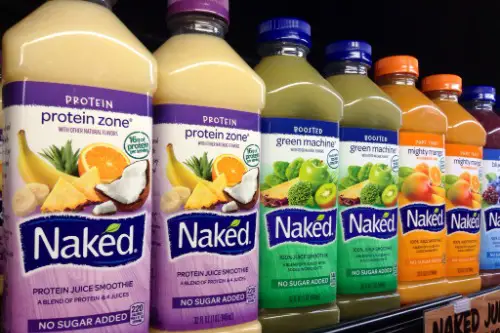
Smoothies felt like a perfect way to drink your fruits and veggies. But chain-store versions were often blended with fruit juice, sherbet, or frozen yogurt. That turned them into sugar shakes with a health halo. A single cup could exceed the daily sugar limit in one go.
The problem was that they stripped fruit of its fiber, making blood sugar spikes worse. People felt like they were making a smart swap, but the calories were sneaky. Some smoothies clocked in at over 600 calories, more than a meal. What seemed like wellness in a cup was often just dessert.
11. Microwave Popcorn
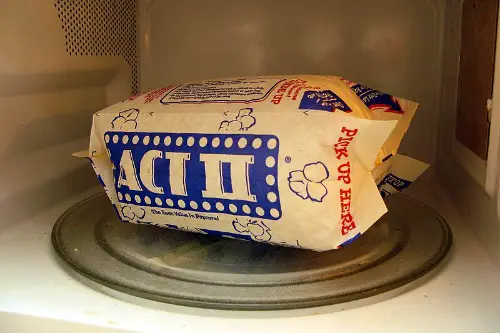
Microwave popcorn was promoted as a light, low-calorie snack for movie nights. But many brands contained trans fats and artificial flavorings like diacetyl, which raised health concerns. That buttery smell came with chemical baggage people didn’t know about. It wasn’t nearly as innocent as advertised.
Over time, popcorn bags were also found to contain perfluorinated compounds (PFCs), which raised alarms about potential toxicity. Regularly eating it wasn’t just about empty calories but also chemical exposure. While plain air-popped popcorn is a healthy option, the microwave version strayed far from that. It’s a classic case of convenience masking risk.
12. Vitamin-Fortified Sugary Cereals
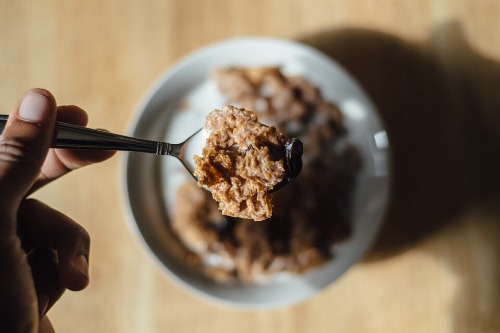
Cereal aisles have long been full of boxes boasting “fortified with vitamins and minerals.” Parents thought that made them a safe breakfast option for kids. But those cereals were often sugar-laden, with nutrition tacked on like an afterthought. A bowl was basically dessert with a health badge.
This was especially harmful because breakfast set the tone for the day. Kids would get a sugar rush, then crash mid-morning at school. The “fortified” label made parents feel better, but the long-term habit wasn’t doing children any favors. In the end, it was clever branding over real nourishment.
This post 12 “Healthy” Snacks Americans Trusted That Were Actually Dangerous was first published on American Charm.


